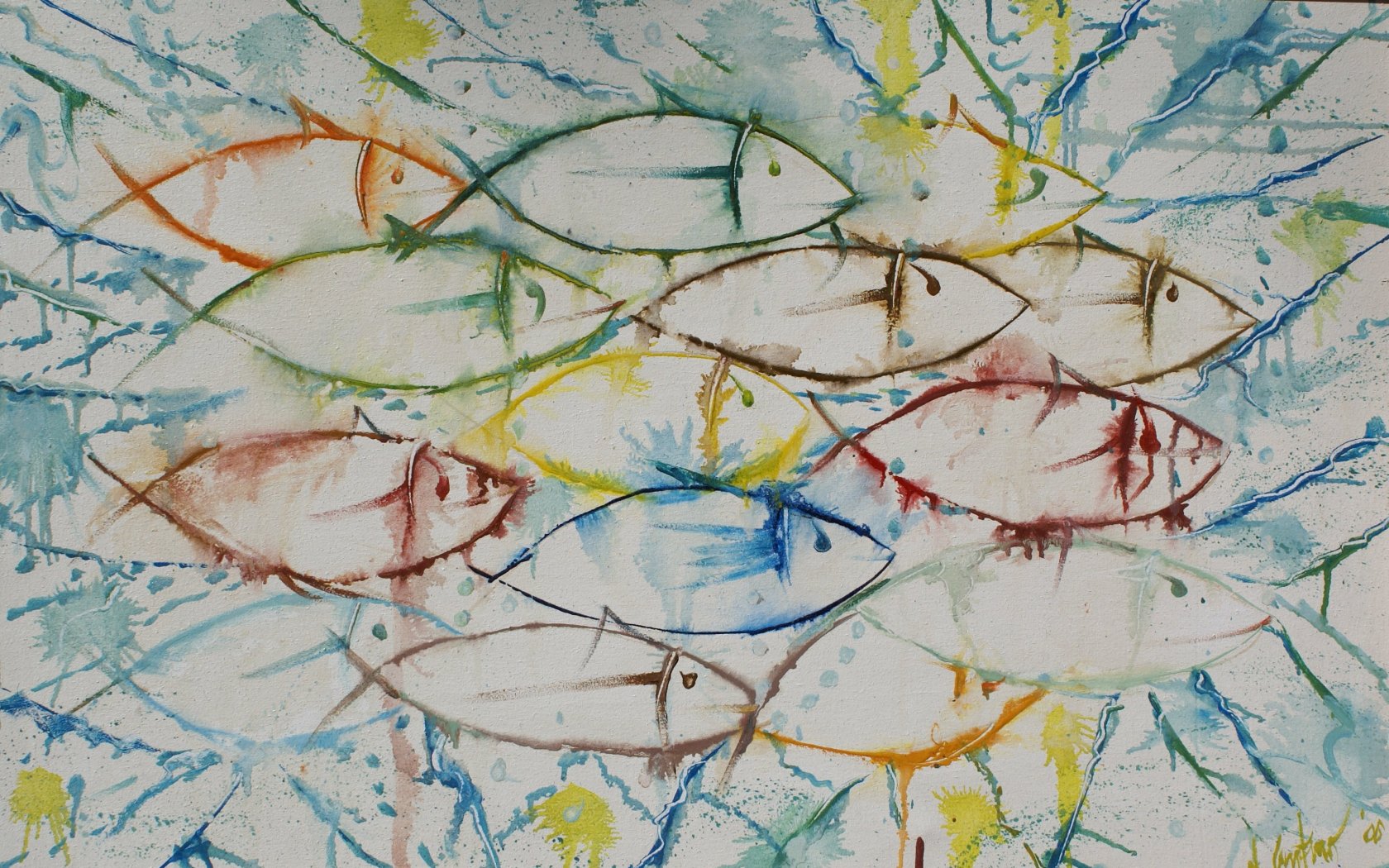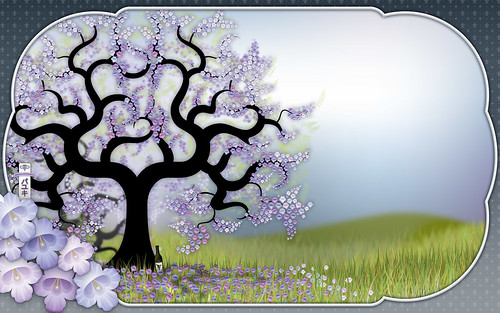Source(google.com.pk)
Desk Top Wallpaper Biography
Every performance featuring Sutherland sold out.
During the 1970s, Sutherland strove to improve her diction, which had often been criticised, and increase the expressiveness of her interpretations. She continued to add dramatic bel canto roles to her repertoire, such as Donizetti's Maria Stuarda and Lucrezia Borgia, as well as Massenet's extremely difficult Esclarmonde, a role that few sopranos attempt. With Pavarotti she made a very successful studio-recording of Turandot in 1972 under the baton of Zubin Mehta, though she never performed the role on stage.
Sutherland's early recordings show her to be possessed of a crystal-clear voice and excellent diction. However, by the early 1960s her voice lost some of this clarity in the middle register, and she often came under fire for having unclear diction. Some have attributed this to sinus surgery; however, her major sinus surgery was done in 1959, immediately after her breakthrough Lucia at Covent Garden.[9] In fact, her first commercial recording of the first and final scene of Lucia reveals her voice and diction to be just as clear as prior to the sinus procedure. Her husband Richard Bonynge stated in an interview that her "mushy diction" occurred while striving to achieve perfect legato. According to him, it is because she earlier had a very Germanic "un-legato" way of singing.[10] She clearly took the criticism to heart, as, within a few years, her diction improved markedly and she continued to amaze and thrill audiences throughout the world.
In the late 1970s, Sutherland's voice started to decline and her vibrato loosened to an intrusive extent. However, thanks to her vocal agility and solid technique, she continued singing the most difficult roles amazingly well. During the 1980s, she added Anna Bolena, Amalia in I masnadieri and Adriana Lecouvreur to her repertoire, and repeated Esclarmonde at the Royal Opera House performances in November and December 1983. Her last full-length dramatic performance was as Marguerite de Valois (Les Huguenots) at the Sydney Opera House in 1990, at the age of 63, where she sang Home Sweet Home for her encore. Her last public appearance, however, took place in a gala performance of Die Fledermaus on New Year's Eve, 1990, at Covent Garden, where she was accompanied by her colleagues Luciano Pavarotti and the mezzo-soprano Marilyn Horne.
According to her own words, given in an interview with The Guardian newspaper in 2002,[11] her biggest achievement was to sing the title role in Esclarmonde. She considered those performances and recordings her best.
Being an admirer of Kirsten Flagstad in her early career, she trained to be a Wagnerian dramatic soprano. In December 1952, she sang her first leading role at the Royal Opera House, Amelia in Un ballo in maschera. Other roles included Agathe in Der Freischütz, the Countess in The Marriage of Figaro, Desdemona in Otello, Gilda in Rigoletto, Eva in Die Meistersinger von Nürnberg, and Pamina in The Magic Flute. In 1953, she sang the role of Lady Rich in Benjamin Britten's Gloriana a few months after its world premiere, and created the role of Jennifer in Michael Tippett's The Midsummer Marriage, on 27 January 1955.
Sutherland married Australian conductor and pianist Richard Bonynge on 16 October 1954. Their son, Adam, was born in 1956. Bonynge gradually convinced her that Wagner might not be her Fach, and that since she could produce high notes and coloratura with great ease, she should perhaps explore the bel canto repertoire. She eventually settled in this Fach, spending most of her career singing dramatic coloratura soprano.
In 1957, she appeared in Handel's Alcina with the Handel Opera Society, and in Donizetti's Emilia di Liverpool, in which performances her bel canto potential was clearly demonstrated, vindicating her husband's judgement. The following year she sang Donna Anna in Don Giovanni in Vancouver.
In 1958, at the Royal Opera House, after singing, "Let the Bright Seraphim", from Handel's oratorio, Samson, she received a ten minute-long standing ovation.[citation needed]
In 1959, Sutherland was invited to sing Lucia di Lammermoor at the Royal Opera House in a production conducted by Tullio Serafin and staged by Franco Zeffirelli. The role of Edgardo was sung by her fellow Australian Kenneth Neate, who had replaced the scheduled tenor at short notice.[5] It was a breakthrough for Sutherland's career, and, upon the completion of the famous Mad Scene, she had become a star. In 1960, she recorded the album The Art of the Prima Donna, which remains today one of the most recommended opera albums ever recorded: the double LP set won the Grammy Award for Best Classical Performance – Vocal Soloist in 1962. The album, a collection consisting mainly of coloratura arias, displays her seemingly effortless coloratura ability, high notes and opulent tones, as well as her exemplary trill. The album was added to the National Film and Sound Archive's Sounds of Australia registry in 2011.[citation needed]
By the beginning of the 1960s, Sutherland had already established a reputation as a diva with a voice out of the ordinary. She sang Lucia to great acclaim in Paris in 1960 and, in 1961, at La Scala and the Metropolitan Opera. In 1960, she sang a superb Alcina at La Fenice, Venice, where she was nicknamed La Stupenda ("The Stunning One"). Sutherland would soon be praised as La Stupenda in newspapers around the world. Later that year (1960), Sutherland sang Alcina at the Dallas Opera, with which she made her US debut.
Her Metropolitan Opera debut took place on 26 November 1961, when she sang Lucia. After a total of 223 performances in a number of different operas,[6] her last appearance there was a concert on 12 March 1989.[7] During the 1978–82 period her relationship with the Met severely deteriorated when Sutherland had to decline the role of Constanze in Mozart's Die Entführung aus dem Serail, more than a year before the rehearsals were scheduled to start. The opera house management then declined to stage the operetta The Merry Widow especially for her, as requested; subsequently, she did not perform at the Met during that time at all, even though a production of Rossini's Semiramide had also been planned, but later she returned there to sing in other operas.[8]
During the 1960s, Sutherland had added the greatest heroines of bel canto ("beautiful singing") to her repertoire: Violetta in Verdi's La traviata, Amina in Bellini's La sonnambula and Elvira in Bellini's I puritani in 1960; the title role in Bellini's Beatrice di Tenda in 1961; Marguerite de Valois in Meyerbeer's Les Huguenots and the title role in Rossini's Semiramide in 1962; Norma in Bellini's Norma and Cleopatra in Handel's Giulio Cesare in 1963. In 1966 she added Marie in Donizetti's La fille du régiment, which became one of her most popular roles, because of her perfect coloratura and lively, funny interpretation.
In 1965, Sutherland toured Australia with the Sutherland-Williamson Opera Company. Accompanying her was a young tenor named Luciano Pavarotti.
Desk Top Wallpaper

Desk Top Wallpaper

Desk Top Wallpaper

Desk Top Wallpaper

Desk Top Wallpaper

Desk Top Wallpaper

Desk Top Wallpaper

Desk Top Wallpaper

Desk Top Wallpaper

Desk Top Wallpaper

Desk Top Wallpaper

Desk Top Wallpaper

Desk Top Wallpaper

Desk Top Wallpaper

Desk Top Wallpaper

Desk Top Wallpaper

Desk Top Wallpaper

Desk Top Wallpaper

Desk Top Wallpaper

Desk Top Wallpaper


